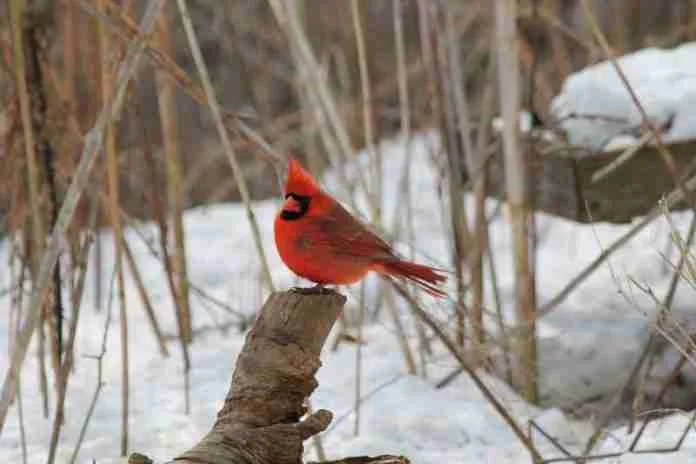Table of Contents
If you’re a bird watching aficionado or a novice looking to get started, you’ve landed upon the right blog post. Today, we will traverse through the beautiful world of bird watching, sharing expert tips on selecting the perfect campsite for this delightful activity. So, grab your binoculars and let’s delve into the tips!
1. Research the area: Before you head out to a campsite, do some research on the area’s bird population. Look for locations known for their diverse bird species or habitats that attract birds. Online resources, birding forums, and local bird watching clubs can provide valuable information about the best spots for bird watching.
2. Check the season: Different bird species migrate and breed at different times of the year. Consider the time of year you plan to go bird watching and choose a campsite that aligns with the peak bird activity for that season. This will increase your chances of spotting a wide variety of birds.
3. Consider the habitat: Birds thrive in specific habitats such as wetlands, forests, grasslands, or coastal regions. Identify the type of habitat that attracts the birds you are interested in observing and select a campsite located within or near that habitat. This will enhance your chances of spotting your target species.
4. Accessibility: Evaluate the accessibility of the campsite. Look for trails or paths that offer easy access to bird watching areas. Consider the distance and terrain you would need to cover to reach prime bird watching spots. Also, check if any permits or fees are required to access certain areas.
5. Amenities and facilities: Depending on your preferences, consider the amenities and facilities available at the campsite. Some bird watchers prefer primitive campsites that offer a more immersive experience in nature, while others may prefer campsites with amenities like restrooms, picnic areas, or nearby attractions. Choose a campsite that suits your comfort level and desired experience.
6. Noise and disturbance: Birds are sensitive to noise and disturbances, so look for campsites away from busy roads, industrial areas, or other sources of noise pollution. Opt for campsites that provide a peaceful environment conducive to bird watching.
7. Safety considerations: Ensure the campsite you choose is safe for bird watching. Check for any potential hazards like steep cliffs, dangerous wildlife, or difficult terrain. Also, consider factors like weather conditions, availability of emergency services, and camping regulations in the area.
8. Local expertise: If you are unfamiliar with the area or new to bird watching, consider hiring a local guide or joining a guided bird watching tour. Local experts can provide valuable insights, help identify bird species, and take you to the best bird watching spots.
Remember, bird watching is about enjoying nature and observing birds in their natural habitats. Take the time to immerse yourself in the experience,
Introduction
What is Bird watching?
Bird watching, also known as birding, is the observation of birds in their natural habitats as a hobby. It’s a recreational activity that can be enjoyed by people of all ages, from kids to seniors. It involves identifying different species of birds, observing their behaviors, and appreciating their beauty. Whether you’re in your backyard or at an exotic location, bird watching can be an exciting and rewarding experience.as you immerse yourself in the world of birds.
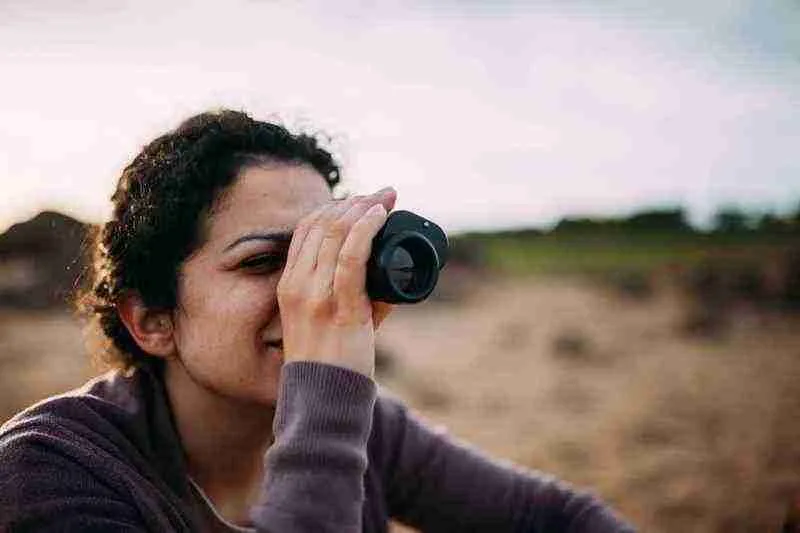
Bird watching can be done in various settings, including forests, wetlands, parks, and even urban areas. All you need is a pair of binoculars or a spotting scope to get a closer look at these fascinating creatures. Many bird watchers also carry field guides or use smartphone apps to help them identify different species based on their physical characteristics, songs, and calls.
The main goal of bird watching is to observe and appreciate birds in their natural habitats without disturbing or harming them. It’s important to respect their space and behavior, ensuring that you don’t cause any distress to the birds or their environment.
Bird watchers often gather information about the birds they encounter, such as the species, location, and time of observation. This data contributes to citizen science projects and helps researchers monitor bird populations and their distribution.
Bird watching offers numerous benefits beyond simply observing birds. It allows you to connect with nature, improve your observation skills, and develop a deeper understanding of ecosystems and biodiversity. It can also be a form of stress relief and a way to escape the hustle and bustle of everyday life.
Whether you’re a beginner or an experienced bird watcher, there are countless resources available to enhance your birding experience. Local birding clubs, online forums, and guidebooks can provide valuable information about bird species, migration patterns, and prime bird watching locations in your area.
So, grab your binoculars, head outdoors, and embark on a journey into the world of birds. You never know what wonders await you as you explore their habitats and witness their remarkable behaviors. Bird watching is a hobby that can bring joy, wonder, and a renewed appreciation for the beauty of nature.
Benefits of Bird watching
Bird watching is not just about spotting colorful feathers or hearing melodious bird songs. It offers numerous benefits. First, it’s a great way to connect with nature and de-stress. The calmness and serenity you experience while watching birds can reduce stress and improve mental health. Moreover, it encourages physical activity as you often need to walk or hike to find the best bird watching spots. This contributes to overall fitness and cardiovascular health. Lastly, bird watching can also be a learning experience, enhancing knowledge about different bird species and their behaviors, as well as understanding the importance of biodiversity and conservation efforts.
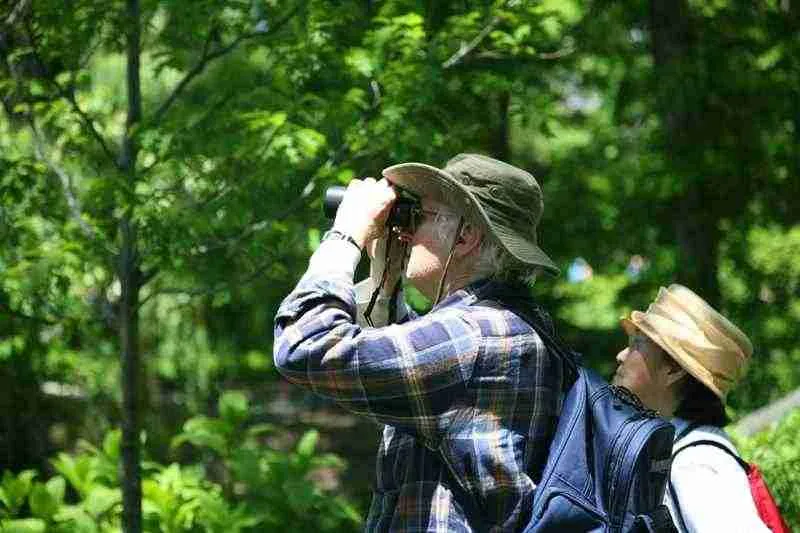
Understanding Birdwatching Basics
Types of Birds You Might See
Depending on your location, you could see a wide variety of birds. Common types include songbirds like sparrows, finches, and robins; waterfowl such as ducks, geese, and swans; and birds of prey like hawks, eagles, and owls. You might also spot more elusive species like hummingbirds, woodpeckers, or exotic migratory birds. Each bird species offers something unique, whether it be their vibrant plumage, distinctive calls, or fascinating behaviors.
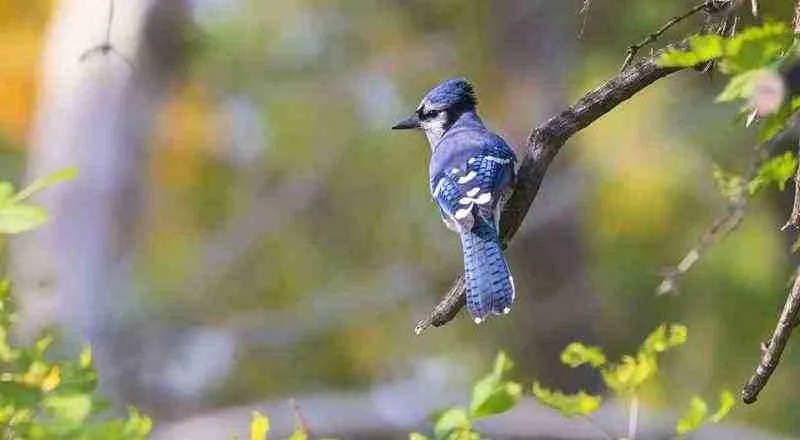
Best Times for Bird watching
The best times for bird watching generally fall during the early morning and late afternoon when birds are most active. This is often referred to as the ‘golden hours’ by bird watchers. Additionally, different seasons can yield different bird species. Spring and fall are particularly exciting times as many birds migrate during these periods. Always remember that patience is key in bird watching – sometimes you might have to wait for hours before the birds appear.
Essential Birdwatching Gear
To enhance your bird watching experience, some essential gear is necessary. Binoculars are a must-have for seeing birds up close without disturbing them. A field guide is helpful for identifying different bird species and understanding their behaviors. Comfortable clothing and sturdy shoes are important for those long walks or hikes. Lastly, don’t forget to bring a notebook and pen to jot down interesting observations or sketch the birds you encounter.

How to Select the Ideal Campsite for Birdwatching
Research Potential Locations
Before setting off on your bird watching adventure, it’s crucial to research potential locations. Look for areas that are known for diverse bird populations. Online bird watching forums, local bird clubs, and national park websites can provide valuable information about the best spots. Additionally, consider whether the location has other amenities like hiking trails, water sources, and safe camping areas.
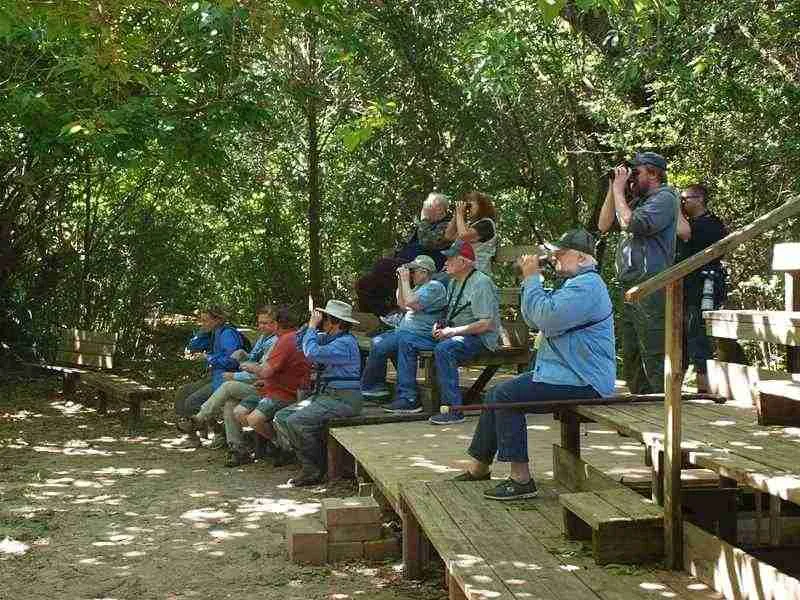
Assess the Habitat
A good bird watching campsite should have a variety of habitats to attract different bird species. These might include forests, meadows, wetlands, or bodies of water. Check if there are food sources for birds like berry bushes or flowering plants. Also, look for signs of bird activity such as nests, feathers, or bird songs. The more diverse the habitat, the higher the chances of seeing a wide range of bird species.and observing their behaviors.
When assessing the habitat for bird watching, it is important to consider the following factors:
1. Forests: Forested areas provide shelter and nesting sites for many bird species. Look for a mix of mature trees, shrubs, and understory vegetation that can support both canopy-dwelling birds and ground-dwelling species.
2. Meadows: Open grassy areas or meadows attract birds that prefer open spaces, such as sparrows, finches, and certain raptors. These areas should have a mix of tall grasses, wildflowers, and low-growing plants that provide cover and food sources.
3. Wetlands: Wetlands, including marshes, swamps, and ponds, are rich in bird diversity. They attract waterfowl, wading birds, shorebirds, and various wetland-dependent species. Look for areas with open water, emergent vegetation like cattails, and surrounding wooded or shrubby edges.
4. Bodies of water: Lakes, rivers, streams, and coastlines are essential for attracting water birds, including ducks, geese, herons, and seabirds. Check for suitable perching spots, shallow areas, and vegetation along the water’s edge that can serve as feeding and resting places for birds.
5. Food sources: A variety of food sources will attract different bird species. Look for berry bushes, fruit trees, and flowering plants that provide nectar for hummingbirds. Additionally, insect-rich areas like flowering plants or ponds can attract insectivorous birds.
6. Signs of bird activity: Keep an eye out for signs of bird presence, such as nests, feathers, or droppings. Bird songs, calls, and visual displays are also indicators of bird activity in the area.
7. Diversity: The more diverse the habitat, the higher the chances of encountering a wide range of bird species. A mix of different habitats within close proximity can attract both resident and migratory birds, increasing the variety of species you may observe.
In conclusion, a good bird watching campsite should offer a mix of different habitats, food sources, and signs of bird activity. The presence of forests, meadows, wetlands, bodies of water, and diverse vegetation will attract various bird species, providing ample opportunities for observation and enjoyment.
Consider the Season and Weather
The season and weather can greatly influence the type of birds you’ll see. Some birds are only present during certain seasons due to migration patterns. Weather conditions can also affect bird behavior. For instance, some birds are more active just before a storm, while others prefer calm, sunny days. Check the weather forecast before your trip and adjust your plans accordingly.
Evaluate Accessibility
Accessibility is another important factor to consider. A remote, hard-to-reach spot might offer fantastic bird watching opportunities, but it could also pose challenges in terms of transportation, safety, and convenience. Ensure that the campsite is easily accessible by car or foot, has clear trails, and provides basic facilities like restrooms and emergency services.
Setting Up Your Campsite for Optimal Bird watching
Choose a Quiet Location
Birds are often scared away by loud noises. Choose a campsite that’s away from busy roads, loud picnic areas, or crowded campsites. The quieter your location, the more likely you are to attract birds and observe them in their natural behavior. You can also select quiet areas with birdwatching towers for the best view.
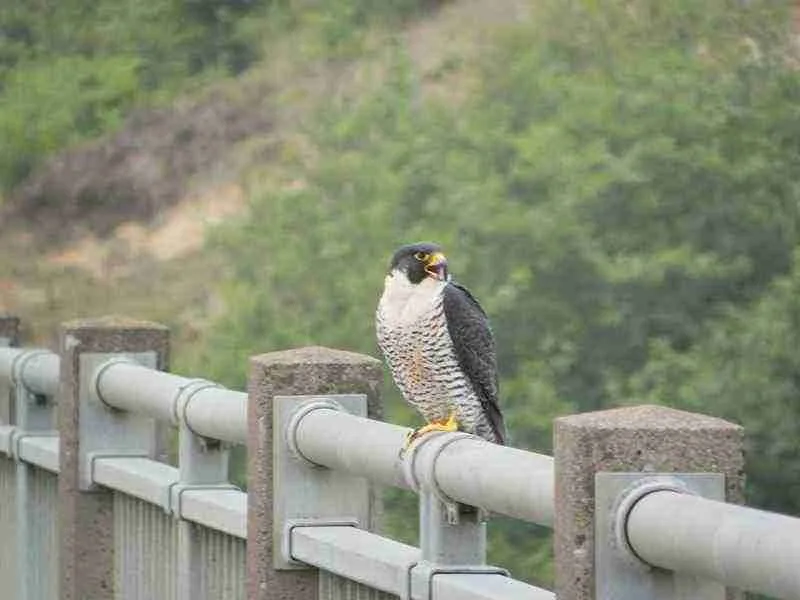
Position Your Tent for the Best Views
Set up your tent with bird watching in mind. Position it near a body of water or a tree line where birds are likely to gather. Ensure you have a clear, unobstructed view from your tent. Using a tent with large windows or mesh panels can offer excellent viewing opportunities right from your sleeping bag!
Use Natural Camouflage and Shelter
To avoid scaring off birds, try to blend into the environment as much as possible. Select a tent that matches the colors of the surroundings. Use trees or bushes as natural shelter and camouflage. Avoid making sudden movements or loud noises that could disturb the birds.
Tips for Successful Birdwatching at Your Campsite
Be Quiet and Patient
Bird watching requires a lot of patience and quietness. Birds can be skittish and may take time to appear. Sit quietly, observe, and wait. Remember, the joy of bird watching lies as much in the waiting and observing as it does in the spotting.
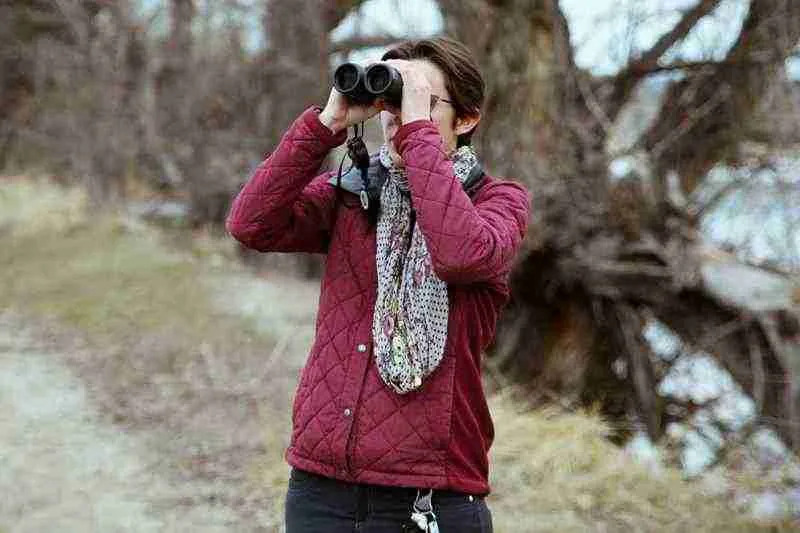
Use Binoculars or a Telescope
A pair of binoculars or a telescope can greatly enhance your bird watching experience. They allow you to see birds in detail from a distance without disturbing them. Investing in a good pair of binoculars or a telescope is worth it if you’re serious about bird watching.

Keep a Bird Guide and Notebook Handy
A bird guide can help you identify different species and learn about their habits. Keep a notebook handy to jot down interesting observations, behaviors, or the number of species seen. These notes can be useful for future bird watching trips and contribute to your overall understanding and appreciation of birds.
Practice Respectful and Responsible Bird watching
While enjoying the hobby of bird watching, it’s crucial to respect the birds and their habitats. Keep a safe distance from the birds and never disturb their nests. Avoid feeding the birds as this can disrupt their natural feeding habits. Always leave the campsite cleaner than you found it to protect the environment for the birds and other wildlife.
Conclusion
Bird watching is a splendid way to connect with nature and enjoy the delightful world of birds. Selecting the right campsite can significantly enhance your bird watching experience. With the right preparation, birdwatching equipment, such as birdwatching cameras, birdwatching apps, and respect for nature, you’re set for an unforgettable bird watching adventure. So why wait? Start planning your next bird watching trip and let the feathered friends amaze you with their beauty and charm!. Whether you’re a beginner or an experienced birdwatcher, there are always new species to discover and observe in their natural habitats.
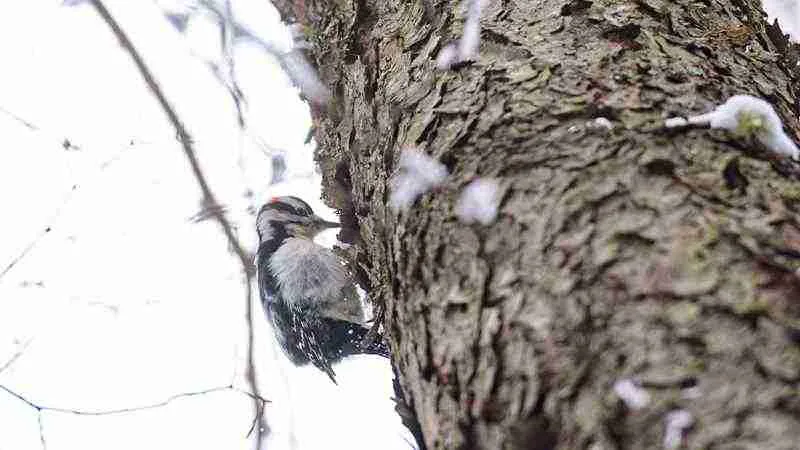
Bird watching provides a unique opportunity to disconnect from the fast-paced world and immerse yourself in the peaceful surroundings of nature. The serene atmosphere and melodious songs of birds can be incredibly soothing and rejuvenating.
By selecting the right campsite for your bird watching adventure, you can maximize your chances of encountering a wide variety of bird species. Researching the location and its avian inhabitants beforehand can help you identify the best spots to visit and increase your chances of spotting rare or migratory birds.
Preparation is key when it comes to bird watching. Packing the necessary equipment such as binoculars, field guides, and a camera can greatly enhance your experience. These tools allow you to observe birds up close, identify different species, and capture memorable moments.
Respecting nature is essential for both the birds and their habitats. It is important to follow ethical guidelines, such as maintaining a safe distance from nests and not disturbing the birds’ natural behavior. By being mindful of our actions, we can preserve the delicate ecosystems that birds rely on for survival.
Bird watching is a hobby that can be enjoyed by people of all ages and backgrounds. It offers a wonderful opportunity to learn about different bird species, their behaviors, and their habitats. The joy of spotting a rare or beautiful bird in its natural habitat is truly unmatched.
So why wait? Start planning your next bird watching trip today. Research potential campsites, gather the necessary equipment, and embark on an adventure that will connect you with the beauty and charm of the avian world. Let the feathered friends amaze you with their intricate plumage, melodious songs, and captivating behavior. Get ready for an unforgettable bird watching experience that will leave you with a deeper appreciation for nature and its incredible inhabitants.


